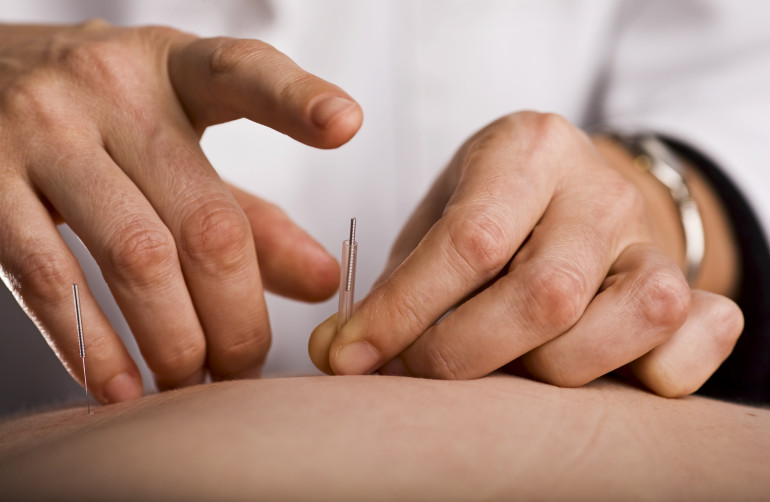As the most recognisable feature of traditional Chinese medicine, acupuncture is a millenia old form of therapy where fine specialised acupuncture needles are inserted into the skin in order to facilitate the movement and regulation of energy, called Qi. Given its flexible theoretical framework, acupuncture’s versatility allows it to effectively treat the ailments of the modern age.
Benefits of acupuncture
Acupuncture treats a wide variety of illnesses and disorders; for a more comprehensive analysis, the World Health Organisation (WHO) has an interesting report: Acupuncture: Review and Analysis of Reports on Controlled Clinical Trials.
What does acupuncture feel like?
Chinese acupuncture produces a mild sensation of a dull ache, a throb, or even an electric reflex or a heaviness or sensation from one end of the body to the other. These sensations, which we call deqi (capturing the energy) are desired as they indicate the movement of your body’s qi. Some patients have even reported that the sensation of deqi is pleasurable, akin to that of receiving deep tissue massage.
Acupuncture needles are extremely fine and thin, hairlike almost, so the sensation of insertion doesn’t have the same ‘sting’ that receiving a blood test or a vaccine has.
Does acupuncture use the placebo effect?
Whilst the placebo effect is a real phenomenon, exhaustive research conducted by WHO physician scientists, doctors and psychiatrists dating back to the 70s, differentiate acupuncture from the placebo effect.
In fact, a 2007 study into acupuncture conducted under medical imaging which included MRIs (magnetic resonance imaging) and PETs (positronic emission tomography) to name a few, concluded that “modulation of certain limbic brain networks may differentiate between specific and placebo components of acupuncture” (Dhond R. et al, 2007). Acupuncture works and it works best when used by a competent and trained acupuncturist.
Moxibustion
Moxibustion (or moxa for short) is an integral part of acupuncture therapy which, in its most traditional form, involves the placement of tightly packed clusters of mugwort to the ends of acupuncture needles and then setting the mugwort alight. This generates heat and warmth which is conducted along the metal shaft of the needle and into the body’s channels, thus allowing for the activation of the body’s Qi and blood.
Variations of moxa therapy include but are not limited to: lighting of small pyramid mounds of mugwort over acupoints themselves, sans needles, and then removing the mounds before the mugwort burns down or a classic favourite: ginger moxa, whereby a clump of mugwort is burnt over a slice of ginger which is itself, placed over the acupoint. Ginger moxa is a popular treatment for patients with poor circulation, especially during the cold winter months, and is especially ideal for patients with an aversion to needles.


